Vimar Lamp holders
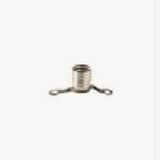


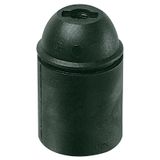

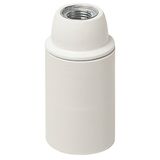
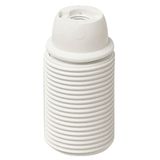





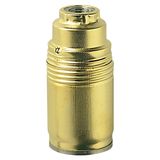

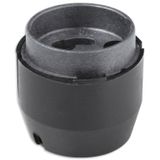



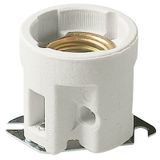
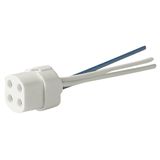
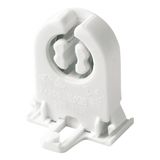
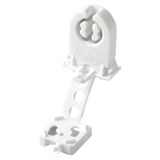
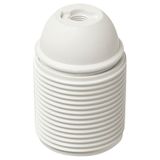
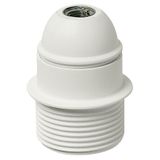
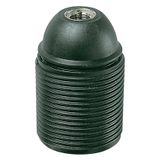
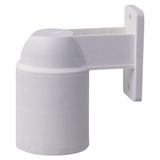
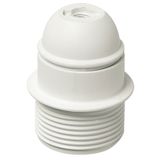
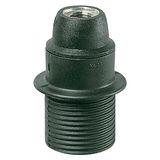
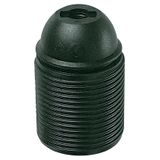
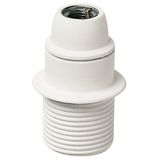
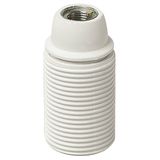
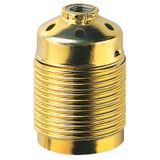
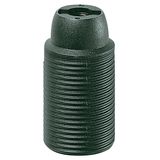
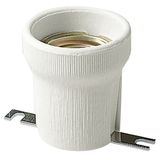
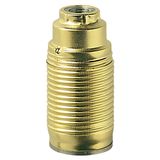
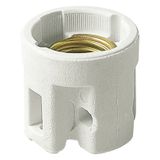


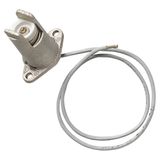

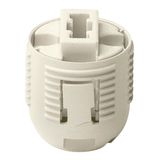
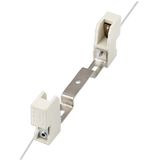
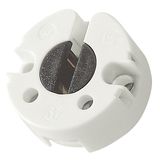
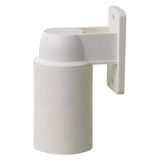
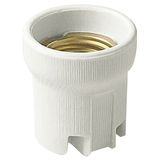
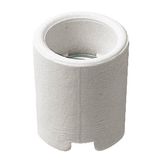
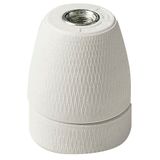


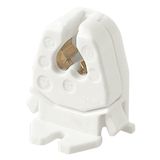
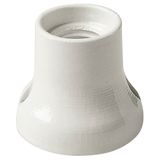



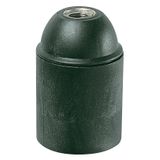
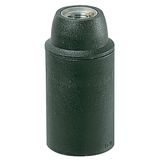

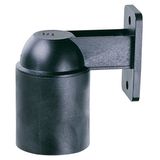

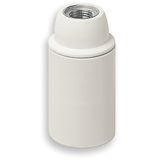
-
-
1
- 2
-
vimar lamp holders range and temperature classes
The vimar lamp holders family covers E27/E14 for mains lamps, GU10/GU5.3 for spots, G9 for compact capsules, GX53/GX10/GX8.5 for slim luminaires, and R7s for linear halogen/LED retrofit bars. Bodies ship in ceramic for 200–250 °C zones or high-temp PBT for lighter fittings; creepage/clearance and glow-wire values (650–850 °C) are printed on the part, which shortens approval loops. Options include earth lugs, captive screws, and keyed inserts that stop cross-mating when both 230 V and SELV live in the same canopy.
vimar bulb sockets cap types and retrofit logic
Where legacy optics must stay, vimar bulb sockets help you keep photometry intact: E27/E14 with threaded collars for shades, GU10 twist-lock with anti-rotation tabs, GU5.3 two-pin with 0.75 mm² tails for remote drivers, and G13/G5 for T8/T5 linear. For damp rooms and outdoors, gasketed retainers push ingress to IP44/IP65 if the luminaire front is rated accordingly. Field crews appreciate pre-terminated tails (0.5…1.0 mm², 8–10 mm strip) that pass pull tests without re-crimping on the lift.
vimar lighting connectors quick coupling and through-wiring
Ceiling grids and long rows install faster with keyed, color-coded plugs. The vimar lighting connectors line includes 2–5-pole push-in and screw versions, IP20 for dry spaces and IP65 sealed pairs for canopies and façades. Loop-through blocks take feed/return plus 1–10 V or DALI cores; polarity and control are embossed to avoid mix-ups in low light. Housings clamp 6–10 mm jacket Ø, so strain is on the gland, not the terminal.
vimar lamp bases linear and specialty fittings
Linear battens, uplights, and flood repairs call for vimar lamp bases: G13/G5 with snap-in saddles, R7s spring carriers with ceramic shoes, and specialty GX53/GX10 plates that maintain focal height in tight optics. Retainers match common reflector cutouts, and vibration clips keep contacts seated in transit-exposed corridors or sports halls. Thermal standoffs are available where drivers share the same tray.
vimar mounting holders ceiling brackets and springs
Most time is lost on finishing, not wiring. vimar mounting holders pair downlight springs, anti-rotation claws, and spacer rings (2–10 mm) to land trims flush over imperfect plaster. Metal adapter plates rescue oversize cutouts; repair collars hide chipped edges; back-spacers defeat cold bridges on external walls. Brackets arrive with the right screw lengths for the plastics and thread types used, which keeps torque consistent across a floor.
vimar electrical fittings IP, glow-wire, and LSZH options
Public routes and plant rooms need documented materials. The vimar electrical fittings portfolio offers LSZH plastics (IEC 60754/61034) for escape paths, IP20 bodies for dry ceilings, and IP44/IP65 kits when paired with correct gaskets and glands. Glow-wire values are stated on the part; terminals are finger-safe and accept ferrules cleanly. Label windows take circuit IDs and test dates—useful during night-shift relamps.
vimar socket accessories gaskets, adapters, and strain relief
Small parts keep ratings intact: vimar socket accessories include IP44 gasket rings, compression glands, cord grips, strain-relief clamps sized to jacket Ø, and keystone-style adapters for RJ45/TV modules sharing the same plate line. Separation barriers preserve SELV/mains clearances inside boxes; color-coded inserts mark dimming cores so drivers aren’t miswired after handover.
Technical specifications and checks that matter
Supply and control: 230 V AC mains, SELV 12/24 V for drivers and sensors; 1–10 V/DALI cores distinguished by color. Wiring windows: 0.5…2.5 mm² Cu; strip 8–10 mm; typical torque 0.4–0.8 Nm (device label prevails). Ingress per IEC 60529 (IP20 default; IP44/IP65 with kits). Fire: glow-wire 650–850 °C; LSZH where mandated. Thermal: select ceramic near 200 °C canopies; use PBT where ambient < 105 °C.
Applications and compatibility
Hotels/offices: keyed plugs for modular ceilings, gasketed trims in bathrooms, low-profile GX53 in shallow voids. Education/healthcare: LSZH bodies, tamper-resistant holders, clear label windows for audits. Logistics/plant: ceramic caps in hot bays, IP65 sealed connectors on dust-exposed fittings. All parts align with Vimar boxes, channels, and the Eikon/Arké/Plana faceplate geometry.
Selection criteria for B2B buyers
Start from environment and optic: IP/temperature, beam/photometry, and focal height. Pick cap family (E27, GU10, GU5.3, G9, G13/G5, R7s, GX53/GX10) and material (ceramic vs high-temp polymer). Define wiring (core size, loop-through, dimming pairs), then lock glands and strain-relief by jacket Ø. Publish torque/strip rules and label scheme so every ceiling hands over first time.
Advantages of working with Bankoflamps
Your programme sets the rhythm. We provide job-specific pricing, near-hour quotes by EAN/MPN, and live EU stock before ceilings close. The portal shows lead times, shipment tracking, and downloadable price lists with validity windows you can plan around. Trusted clients can use post-payment up to 30 days. We consolidate partials so holders, connectors, bases, gaskets, glands, adapters, and labels arrive room-bundled by level. Your account manager cross-checks IP/thermal targets, conductor ranges, gland threads, and labeling against your drawings—keeping deliveries site-ready across France, the Baltics, Germany, Spain, Italy, Belgium, and the Netherlands.